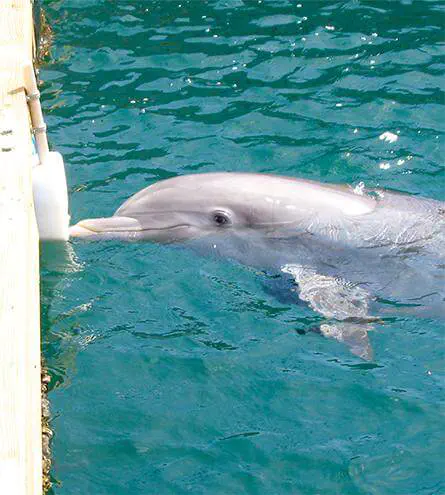Visual discrimination of rotated 2D objects in a bottlenose dolphin (Tursiops truncatus) and goldfish (Carassius auratus)

Abstract
Aquatic species such as bottlenose dolphins and goldfish can move in three dimensions and frequently view objects from different orientations. These studies examined their ability to visually identify 2D objects despite changes in orientation. A dolphin performed a match-to-sample task in which a sample was presented at a different orientation from its match in a 3-alternative choice array. Samples were presented at 6 aspect angles (0°, +/- 45°, +/- 135°, 180°) and alternatives were presented at 0° (upright). Performance was above chance for all aspect angles. Performance with familiar objects (M: 87%) exceeded performance with novel objects (M: 72%). Five goldfish performed a two-alternative forced choice task. In two experiments, they were trained to discriminate between two objects at 0°, then tested with both the S+ and S- at the same novel aspect angles (+/- 45°, +/- 90°, +/- 135°, 180°). Performance was above chance overall (M: 66%, 67%), and exceeded chance for 0°, 45°, and 90° in both experiments. When fish were tested with the S+ at novel aspect angles and the S- at 0°, performance (M: 59%) did not exceed chance. This study provides evidence that both species can visually identify rotated 2D objects.